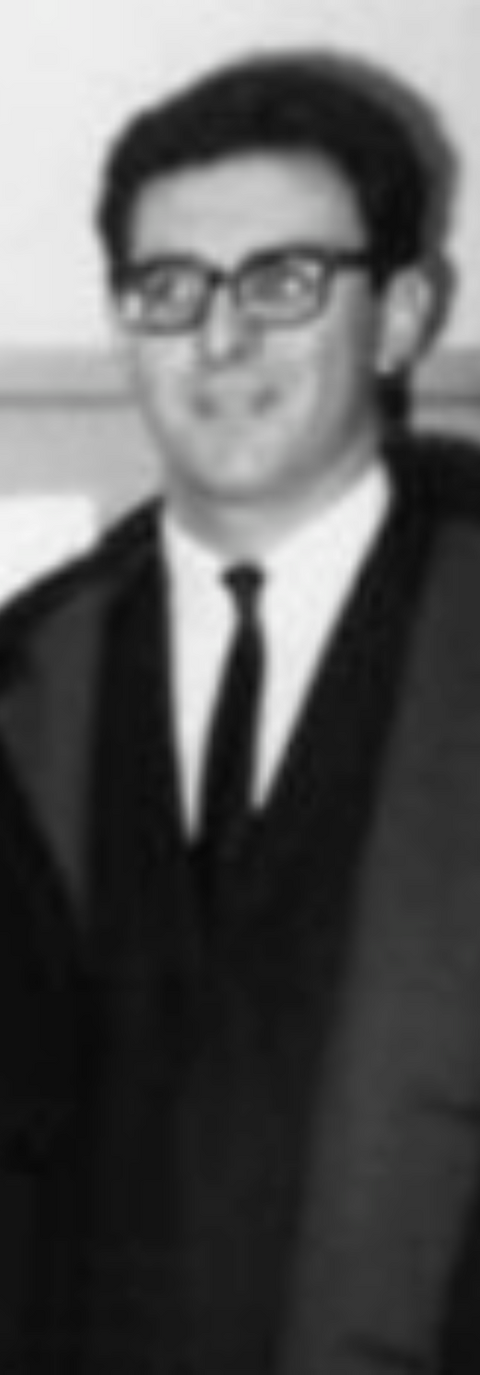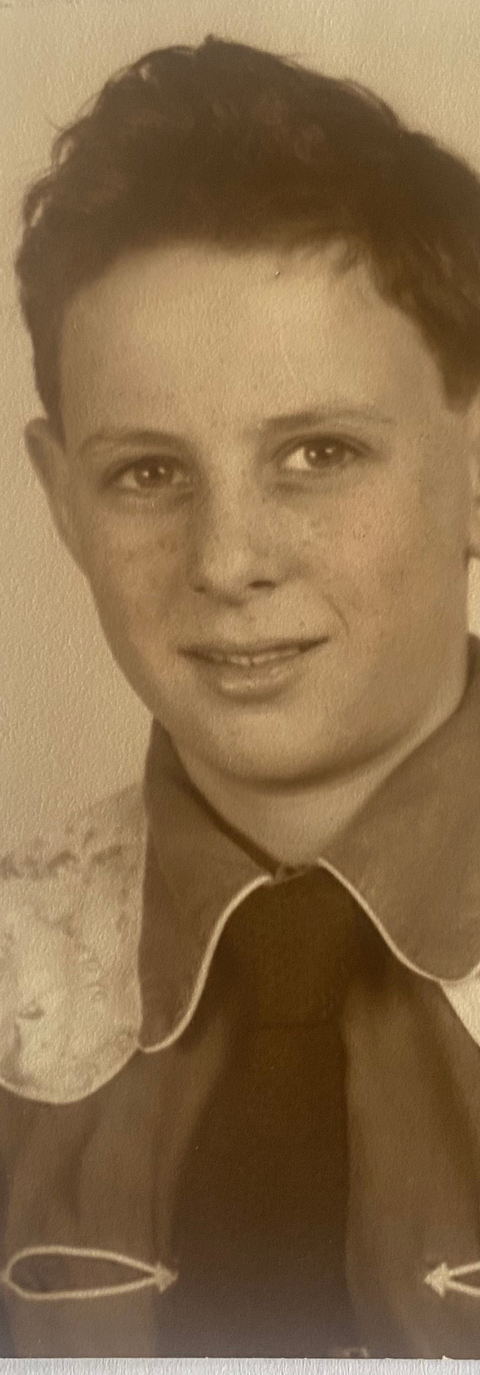The Catalyst
Dan Goldin was born in 1940 at a time when the world was at war, and he saw firsthand the devastation that can be caused by a lack of technological progress. But he also saw the incredible power of technology to bring about positive change. It was the advancements made during World War Two that helped turn the tide of the war and secure America's safety, education and economic security .
The moment Dan heard about the launch of Sputnik was a pivotal moment in his life. It highlighted the reality that the country was lagging behind in the race to space, but President Kennedy's bold vision motivated him to pursue his passion for technology. Dan realized that advancing technology was not only a matter of national pride but also a crucial aspect for the betterment of society. This is why he remains passionate about technology to this day, recognizing its immense potential to positively impact the world.
Read his official bio below
The Honorable Daniel S. Goldin
Official Biography
The Honorable Daniel S. Goldin is an entrepreneurial and scientific visionary, with the distinction of serving as NASA’s longest-tenured Administrator from April 1992-November 2001 reporting to three U.S. Presidents: George H.W. Bush, William Jefferson Clinton, and George W. Bush. As the founder of Cold Canyon, an innovation advisory company, and as a senior advisor to Cerberus Capital Management, his career spans space exploration and science, aeronautics, air traffic management, national security systems, semiconductors, advanced sensors, hypersonic, communications, and artificial intelligence. With his accumulated experience, Mr. Goldin is a highly sought-after leader in advancing American technologies and businesses.
Throughout his life, Mr. Goldin has relentlessly pursued his passion for astrophysics that was catalyzed at seven years old when his father, Louis Goldin, first took him to New York City’s Hayden Planetarium. Ever since, he developed an enthusiastic desire to help humanity understand the complex laws of nature and their own origins with a career dedicated to building America’s most technologically advanced astrophysical observatories of our time. Mr. Goldin actively contributed to and provided the leadership for the design, development, deployment and operations of the Compton Gamma Ray Observatory, Chandra X-Ray Telescope, Hubble Space Telescope rescue mission, Spitzer Infrared Space Telescope, and most recently the James Webb Space Telescope – an observatory where in the mid-90s he guided the American astrophysical community and his NASA team to assure the Webb would have the capacity to see back to the beginnings of creation and the capability to understand if life might exist elsewhere in the universe.
In addition to these legendary achievements, Mr. Goldin is credited with the re-emergence of NASA through one of its most challenging times after the Cold War, as he diplomatically fostered east-west international cooperation in space and oversaw the redesign, construction, and initial operation of the $120B International Space Station. For a decade he led the NASA team with his “Faster, Better, Cheaper” development philosophy and through the successful development, deployment, and operation of a whole new generation of smaller, significantly less expensive and faster to produce spacecraft to enable the extended exploration of our solar system, deeper observations of our known universe and more precise observations of the physical and biological dynamics of our own home planet with the objective of enhancing the quality of life on Planet Earth. In aerospace, Mr. Goldin’s “Faster, Better, Cheaper” philosophy enabled the NASA team to develop the X-43A Hypersonic Plane (Hyper-X Program) and earn the Guinness World Record for the fastest air-breathing aircraft at Mach 9.6 in 2004, a record which is still held today.
Mr. Goldin also led the early revolution into commercializing the space industry and transforming the American space business model to engage with more private sector participants. He worked diligently with the leadership of the House and Senate to help them understand the critical importance of engaging private American companies, venture capital, and private equity to enhance the success of the American Space efforts. He guided the Environmental Research Aircraft and Sensor Technology program, or ERAST (which was to develop cost-effective, slow-flying unmanned aerial vehicles (UAVs) that can perform long-duration science missions above 100,000 feet), to champion small innovative companies. This approach helped contribute to the success of companies like Aurora Flight Sciences and AeroVironment. Under his new commercialization concept, NASA selected Orbital Sciences to build SeaStar, the world’s first privately owned environmental monitoring satellite. Mr. Goldin also promoted the involvement and accessibility of small, highly competent American businesses, which led to more than doubling funds awarded to small businesses working with NASA.
Prior to NASA, he was Vice President and General Manager of the TRW Space and Technology Group - now Northrop Grumman - where he oversaw a broad range of advanced space and technology developments focused on producing critically needed systems and technologies to support America’s national security, scientific exploration of our solar system, space telescopes to observe our high energy universe, and development of advanced technologies for the global marketplace. Mr. Goldin began his career as a research scientist at NASA’s Glenn Research Center working on electric propulsion systems to enable future human interplanetary travel.
Mr. Goldin is a Member of the National Academy of Engineering, and the Krach Institute for Tech Diplomacy. He is a Fellow of the American Institute for Aeronautics and Astronautics and the American Astronautical Society, and an Honorary Board Member of the Explorers Club. Mr. Goldin holds 18 Honorary Doctorates from the world’s great universities. In 2001, Mr. Goldin received the Goddard Memorial Trophy, the premier award from the National Space Club and Foundation. In April 2023, Mr. Goldin will receive the General James E. Hill Lifetime Space Achievement Award, the highest honor bestowed by the Space Foundation.

















